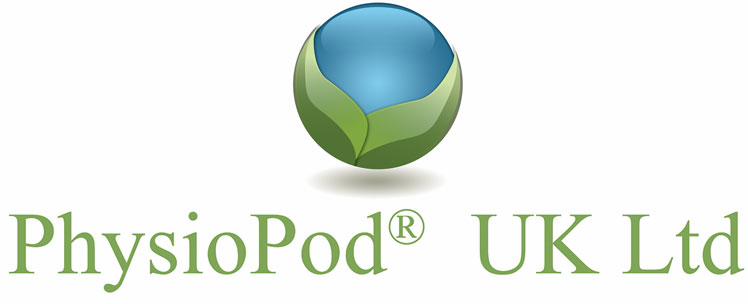Don’t give your readers the hump! By Jodie Greer
Have you heard of camel case hashtags?


Hashtags are used by many of us on a daily basis, and they’re great for capturing attention, grouping posts, filtering searches, and following information that interests us.
But do we always know what a hashtag says?
Camel case hash tags are when we use a capital letter to start each, and every, new word. So #CamelCashHashtags, or you can use #camelCaseHashtags, but to be honest I always use capitals for the first word too, as I think it looks better and we always start sentences with a capital letter, so it just makes sense to me.
I was determined to raise more awareness of camel case hashtags when I started Be #PeopleSmart, which is why I even embedded one into the company name.
Camel case makes all the difference when it comes to reaching your audience. They’re more accessible for all of us, but essential for some. For screen reader users, people who are neurodivergent and people with cognitive disabilities, camel case makes all the difference as to whether someone receives your intended message of not.
Even worse, yes it gets worse, it’s all too easy to accidentally give the very wrong message. A few years ago, there was a whole campaign around #susanalbumparty. This was actually about Susan Boyle hosting an exclusive party but didn’t have the desired effect. Now, had it been written in camel case it would read #SusanAlbumParty. For anyone who isn’t sure what the joke was, well that would be written very differently like this #SusAnalBumParty. Exactly the same letters, but the use of capitals makes sure there’s no misunderstanding.
Another hashtag I was made aware of was #nunslaughter. Lots of shock and horror over that, but it was intended to be #NunsLaughter, not #NunSlaughter. Again, camel case would have delivered the message as intended. Take a listen for yourself to hear the difference on a screen reader in lower case and then camel case.
As a screen reader user, a lot of hashtags are completely inaudible, take a listen to the difference between #nocamelcasedoesnotsoundfunonascreenreader and #CamelCaseDoesNotSoundFunOnAScreenReader.
Unfortunately, most social media platforms still provide auto suggestions for hashtags in all lower case, so it does mean writing them out in full, but it will make all the difference for your audience so definitely worth the extra seconds.
Accessible communications can increase your audience reach by up to 25%, and camel case hashtags are a part of that impressive picture, so next time you post (and all the times after that!) remember #ItsAllAboutTheCamelCaseHashtags.
Jodie Greer
CEO & Founder
Be #PeopleSmart Ltd
Tel: +44 20 3005 5435

